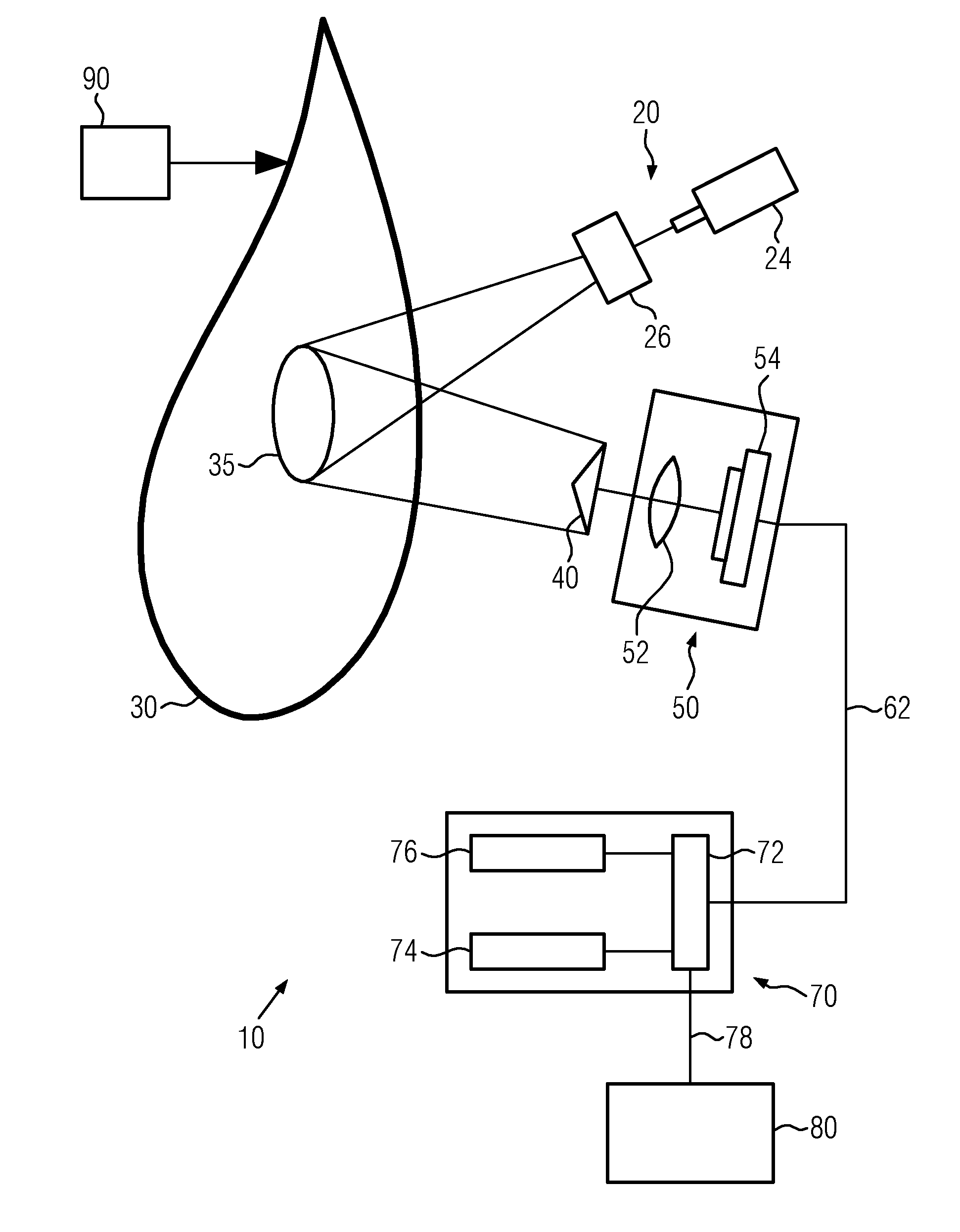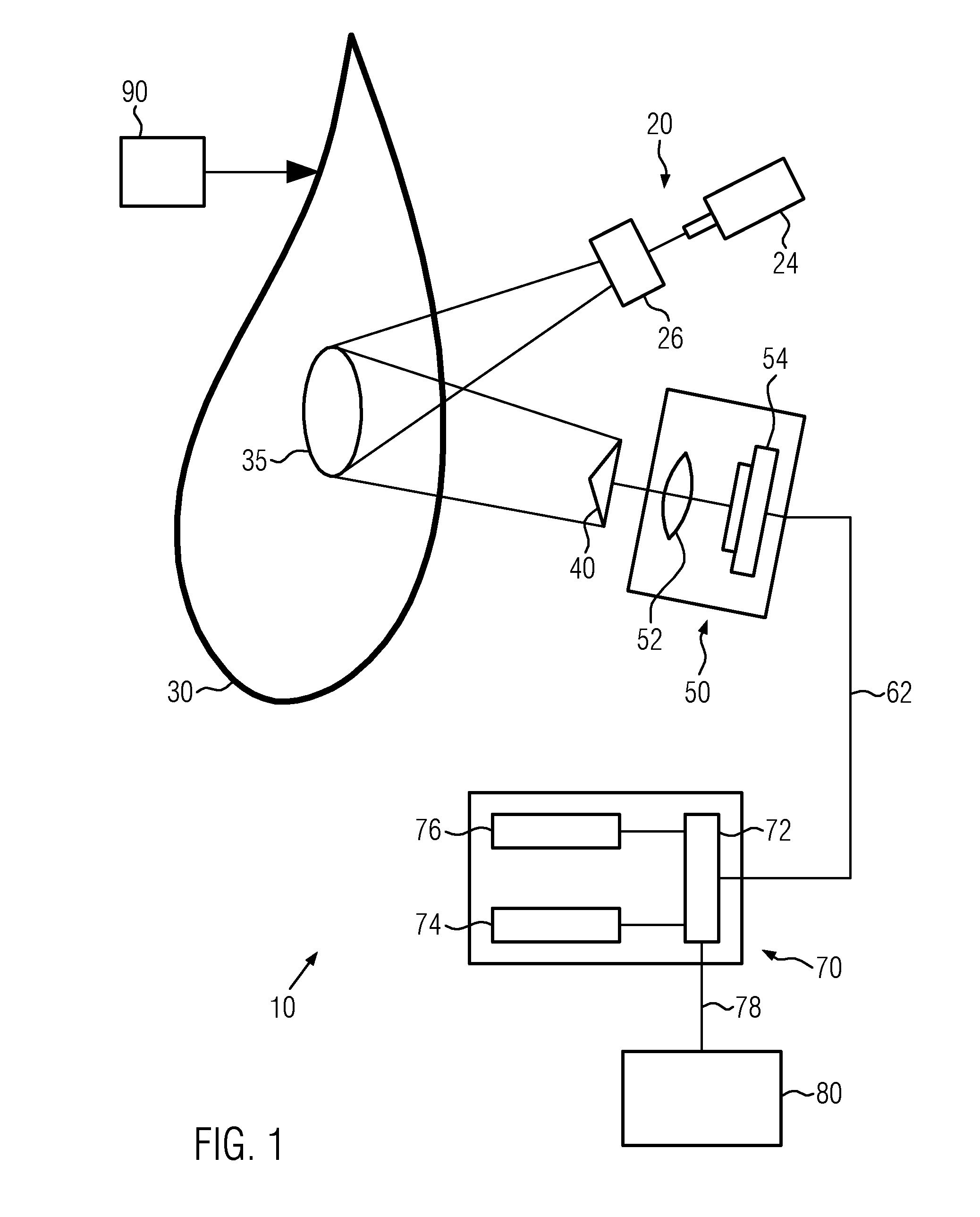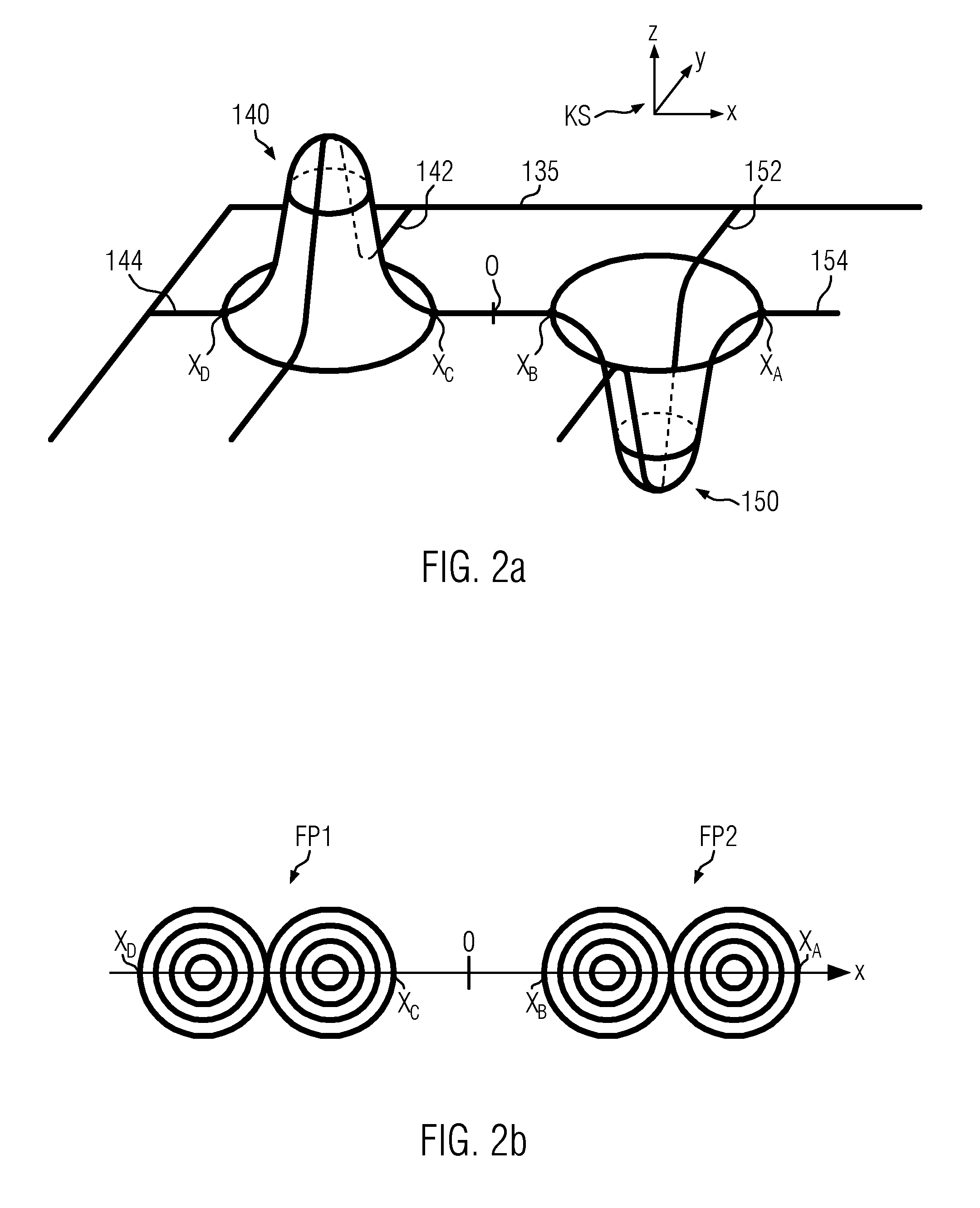Method of analyzing deformations in a laminated object and according system
a laminated object and deformation technology, applied in the field of non-destructive analysis of laminated objects, can solve the problems of negative affecting the quality of laminated objects, difficult process for manufacturing large composite structures, and fabrication flaws
- Summary
- Abstract
- Description
- Claims
- Application Information
AI Technical Summary
Benefits of technology
Problems solved by technology
Method used
Image
Examples
Embodiment Construction
[0038]The present invention relates to a method of analyzing a laminated object and to a system for analyzing a laminated object. The preferred embodiments, as subsequently described, illustrate optical interferometry techniques for non-destructively analyzing laminated objects with large surfaces. Herein, various optical interferometry techniques are utilized to obtain data relating to the topography of an object under examination and, thereof, to determine topographical data of the object. The topographical data is further processed so as to identify type, severity and / or position of defects.
[0039]In accordance with an illustrative example, a shearography method may be performed for analyzing a laminated object. Herein, at least a surface portion of the laminated object is exposed to a coherent electromagnetic radiation which is in turn detected by means of an imaging device. Generally, a shearing element is disposed in the light path, either upstream or downstream the laminated o...
PUM
 Login to View More
Login to View More Abstract
Description
Claims
Application Information
 Login to View More
Login to View More - R&D
- Intellectual Property
- Life Sciences
- Materials
- Tech Scout
- Unparalleled Data Quality
- Higher Quality Content
- 60% Fewer Hallucinations
Browse by: Latest US Patents, China's latest patents, Technical Efficacy Thesaurus, Application Domain, Technology Topic, Popular Technical Reports.
© 2025 PatSnap. All rights reserved.Legal|Privacy policy|Modern Slavery Act Transparency Statement|Sitemap|About US| Contact US: help@patsnap.com



